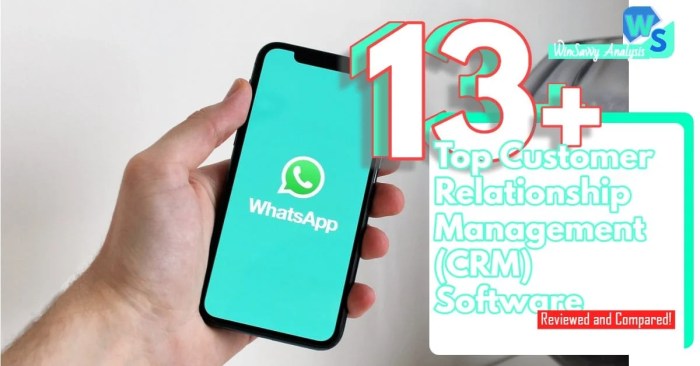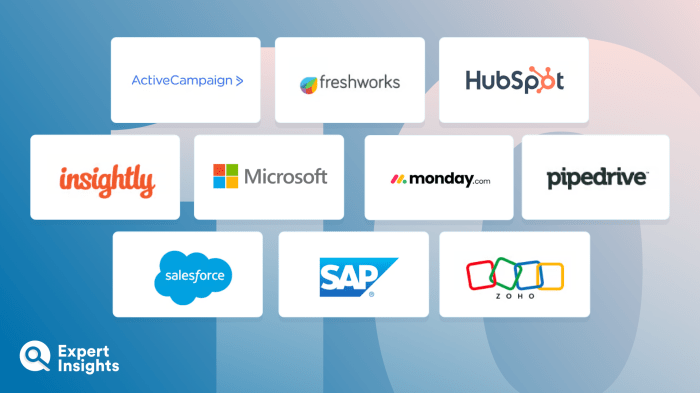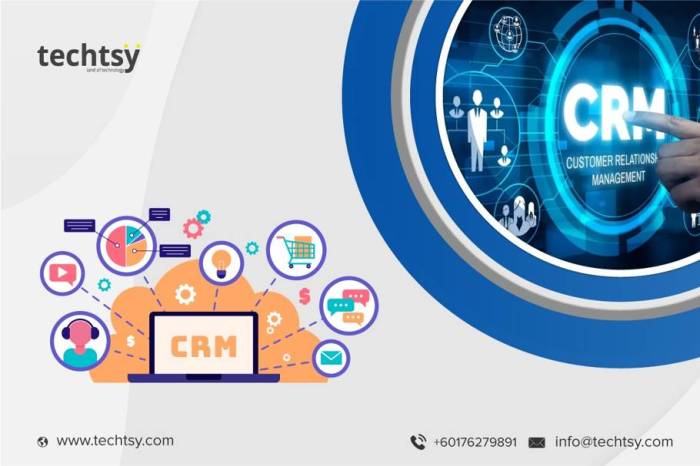In today’s competitive landscape, providing exceptional customer service is paramount to business success. A well-implemented Customer Relationship Management (CRM) system is no longer a luxury but a necessity for businesses of all sizes. This comprehensive guide delves into the world of customer service CRM software, exploring its features, benefits, selection process, and implementation strategies. We’ll also address common FAQs and provide actionable insights to help you optimize your customer interactions.

Source: winsavvy.com
Understanding Customer Service CRM Software
Customer service CRM software is a specialized type of CRM designed to streamline and improve all aspects of customer interaction. It centralizes customer data, automates tasks, and provides tools to enhance communication and resolve issues efficiently. This allows businesses to build stronger customer relationships, increase customer satisfaction, and ultimately, boost profitability. Key functionalities often include:
Core Features of Customer Service CRM Software
- Ticketing System: Manages incoming customer inquiries (email, phone, chat, social media) as individual tickets, tracking their progress and ensuring timely resolution. This includes features like ticket prioritization, assignment, and automated routing.
- Knowledge Base: A centralized repository of information, including FAQs, troubleshooting guides, and product manuals, empowering customers to self-serve and reducing the burden on support agents.
- Customer Interaction History: Provides a complete view of all past interactions with a customer, enabling agents to personalize their responses and offer more effective solutions. This includes email threads, chat logs, and call notes.
- Reporting and Analytics: Tracks key metrics such as customer satisfaction (CSAT), resolution time, first contact resolution (FCR), and agent performance, providing valuable insights for continuous improvement.
- Automation: Automates repetitive tasks like email responses, ticket routing, and follow-ups, freeing up agents to focus on more complex issues and improving efficiency.
- Integration with other tools: Seamlessly integrates with other business applications like email marketing platforms, live chat software, and help desk systems for a unified customer experience.
- Self-service portal: Allows customers to access support resources, track their tickets, and update their information independently, reducing the volume of support requests.
Benefits of Implementing Customer Service CRM Software
The advantages of adopting a customer service CRM extend far beyond improved customer support. Here are some key benefits:
- Improved Customer Satisfaction: Faster response times, personalized interactions, and efficient issue resolution lead to happier customers.
- Increased Efficiency and Productivity: Automation and streamlined workflows reduce agent workload and allow them to handle more requests efficiently.
- Reduced Operational Costs: Automation and improved efficiency contribute to lower operational costs associated with customer support.
- Better Customer Retention: Positive customer experiences fostered by efficient support lead to increased customer loyalty and retention.
- Enhanced Team Collaboration: Centralized data and communication tools facilitate better collaboration among support agents and other departments.
- Data-Driven Decision Making: Detailed reports and analytics provide valuable insights into customer behavior and support performance, enabling data-driven decision making.
- Scalability and Flexibility: A good CRM system can easily scale to accommodate growing business needs and adapt to changing market demands.
Choosing the Right Customer Service CRM Software
Selecting the right CRM software involves careful consideration of several factors:
Key Considerations When Selecting a Customer Service CRM
- Business Size and Needs: Consider the scale of your operations and the specific features you require. Small businesses may benefit from simpler, more affordable options, while larger enterprises might need more comprehensive solutions.
- Budget: CRM software comes in a wide range of pricing models, from free plans to expensive enterprise solutions. Determine your budget and choose a solution that aligns with it.
- Integration Capabilities: Ensure the CRM integrates seamlessly with your existing business tools and applications.
- Ease of Use: The CRM should be intuitive and easy for your team to use. Look for user-friendly interfaces and comprehensive training resources.
- Scalability: Choose a CRM that can grow with your business, accommodating increasing volumes of customer interactions and data.
- Customer Support: Reliable customer support is crucial, especially during the implementation and ongoing use of the software. Check the vendor’s reputation and support offerings.
- Security and Compliance: Ensure the CRM meets your security and compliance requirements, particularly if you handle sensitive customer data.
Implementing and Optimizing Your Customer Service CRM: Customer Service Crm Software
Successful CRM implementation requires careful planning and execution. Here are some key steps:
Implementing and Optimizing Your Customer Service CRM
- Define Your Goals: Clearly define your objectives for implementing the CRM, such as improving response times, increasing customer satisfaction, or reducing operational costs.
- Data Migration: Accurately migrate existing customer data into the new CRM system. This requires careful planning and execution to avoid data loss or inconsistencies.
- Training and Onboarding: Provide comprehensive training to your team on how to use the CRM effectively. This ensures smooth adoption and maximizes the benefits of the system.
- Process Optimization: Review and optimize your customer service workflows to leverage the capabilities of the CRM. This might involve automating tasks, streamlining communication channels, or improving knowledge base access.
- Monitoring and Reporting: Regularly monitor key metrics and generate reports to track progress and identify areas for improvement. This allows for data-driven adjustments to your strategies.
- Continuous Improvement: Customer service is an ongoing process. Continuously evaluate your CRM’s effectiveness and make adjustments as needed to optimize its performance.
Frequently Asked Questions (FAQs)
- Q: What is the cost of customer service CRM software? A: The cost varies greatly depending on the features, vendor, and number of users. Options range from free plans to thousands of dollars per month for enterprise solutions.
- Q: How long does it take to implement a customer service CRM? A: Implementation time depends on the complexity of the system and the size of your business. It can range from a few weeks to several months.
- Q: What are the key metrics to track with a customer service CRM? A: Key metrics include customer satisfaction (CSAT), resolution time, first contact resolution (FCR), average handling time (AHT), and agent productivity.
- Q: How can I ensure data security with a customer service CRM? A: Choose a CRM vendor with robust security measures, including data encryption, access controls, and regular security audits. Comply with relevant data privacy regulations.
- Q: Can a small business benefit from a customer service CRM? A: Absolutely! Even small businesses can benefit from the efficiency and improved customer service provided by a CRM, even basic options.
Conclusion
Investing in customer service CRM software is a strategic move that can significantly improve your business operations and customer relationships. By carefully selecting the right software, implementing it effectively, and continuously optimizing its use, you can unlock numerous benefits, including increased efficiency, higher customer satisfaction, and ultimately, greater profitability. Remember to choose a solution that aligns with your specific needs and budget, and prioritize ongoing training and process optimization for maximum impact.
References
While specific product links are avoided to maintain neutrality, research reputable CRM software vendors and review sites for comparisons. Look for reviews and comparisons on sites like G2, Capterra, and Software Advice. These resources provide user feedback and comparative data to aid in your selection process.
Call to Action
Ready to transform your customer service? Explore the leading customer service CRM solutions available today and discover how you can elevate your customer interactions and drive business growth. Start your free trial or request a demo now!

Source: expertinsights.com
FAQ Resource
What is the average cost of customer service CRM software?

Source: techtsy.com
Costs vary widely depending on features, scalability, and vendor. Expect a range from free options with limited functionality to enterprise-level solutions costing thousands of dollars per month.
How long does it take to implement a CRM system?
Implementation timelines depend on the complexity of the system and the size of the organization. Smaller businesses might see results within weeks, while larger enterprises may require several months.
What are the key features to look for in customer service CRM software?
Essential features include ticketing systems, contact management, reporting and analytics, integration with other platforms, and automation capabilities. Consider your specific business needs when making a selection.
Can customer service CRM software integrate with my existing systems?
Many CRM systems offer robust integration capabilities with various platforms, including email clients, marketing automation tools, and other business applications. Check for compatibility before purchasing.
How can I measure the ROI of a customer service CRM system?
Track key metrics like customer satisfaction scores (CSAT), resolution times, first contact resolution rates, and agent productivity. Compare these metrics before and after implementation to assess the return on investment.
